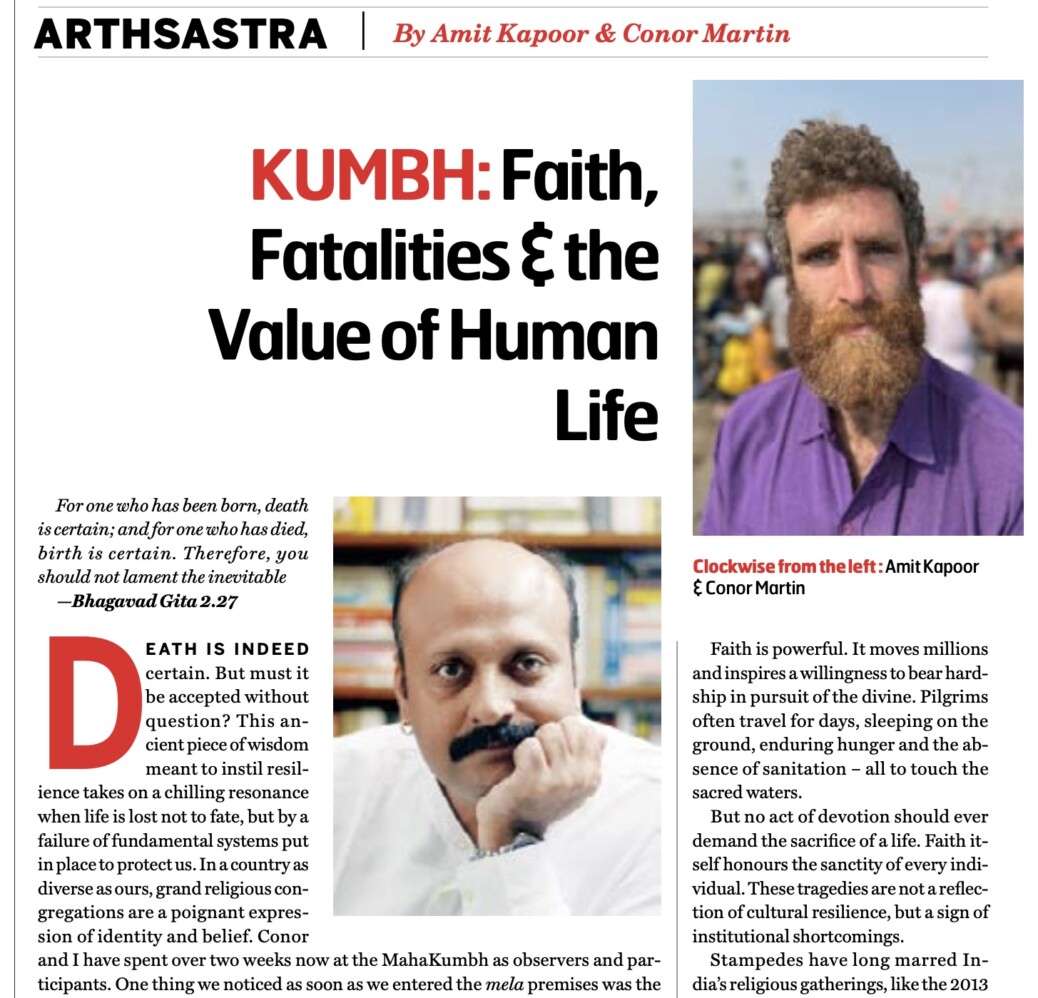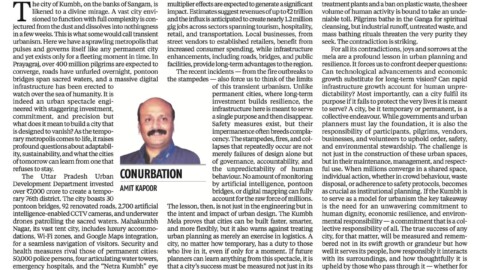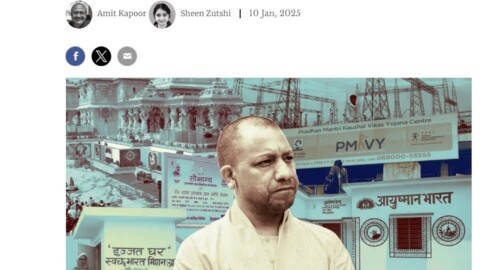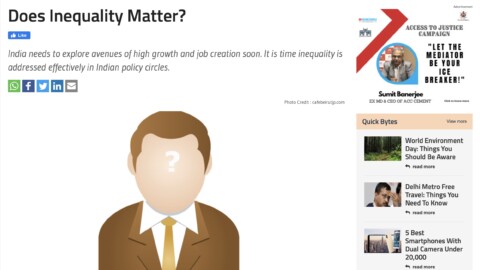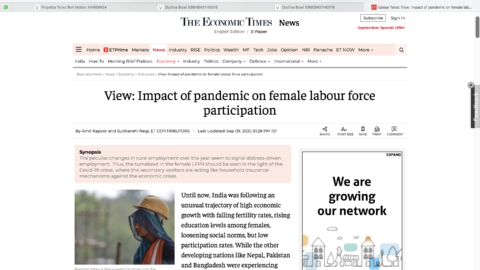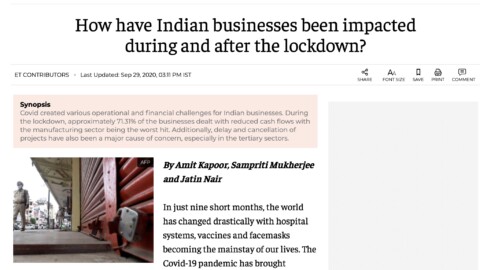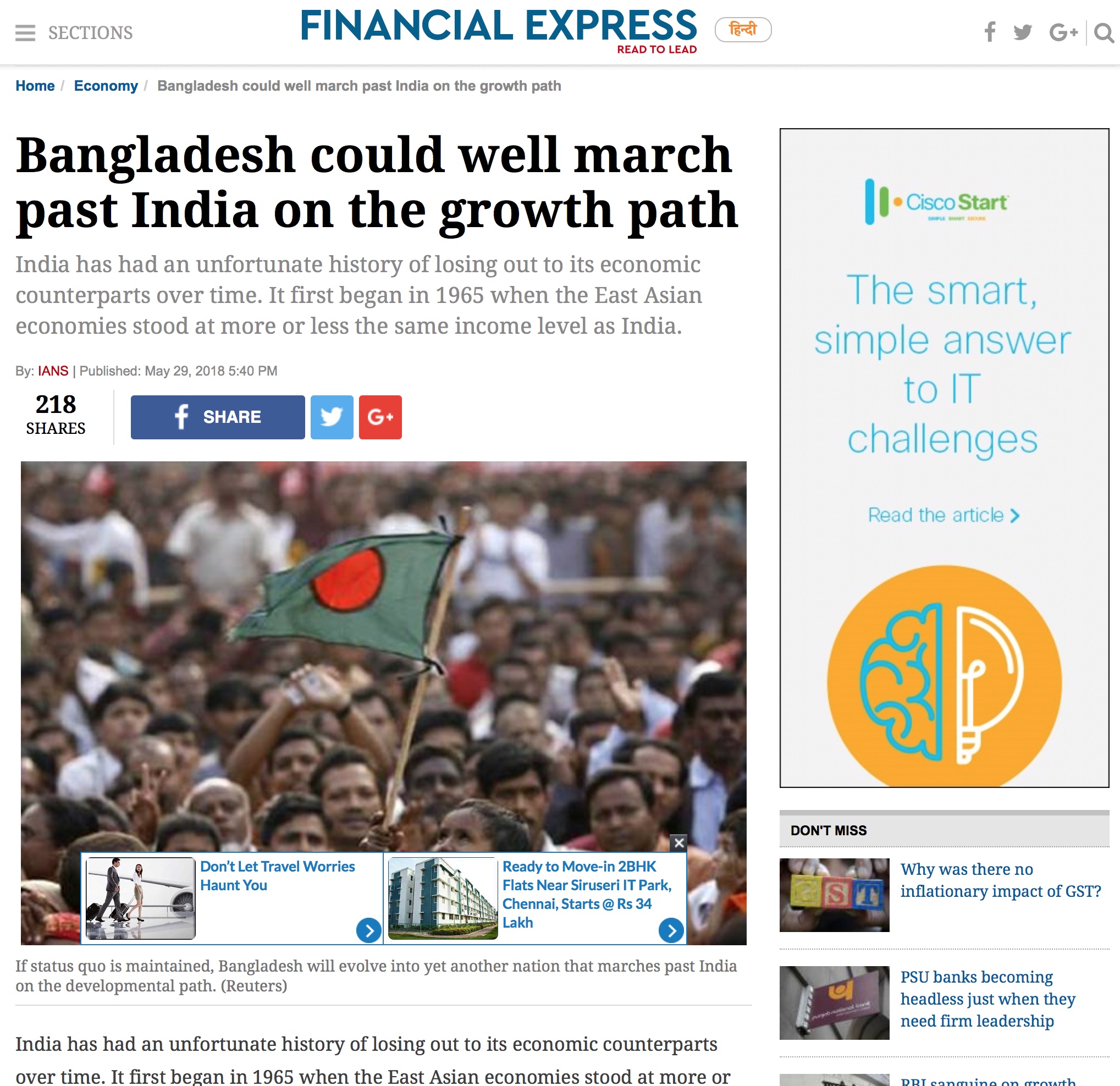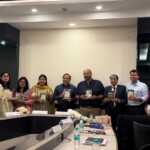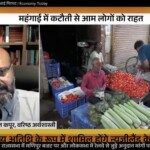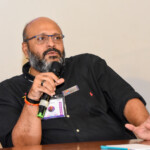By Amit Kapoor and Conor Martin
For one who has been born, death is certain; and for one who has died, birth is certain. Therefore, you should not lament the inevitable—Bhagavad Gita 2.27
Death is indeed certain. But must it be accepted without question? This ancient piece of wisdom meant to instil resilience takes on a chilling resonance when life is lost not to fate, but by a failure of fundamental systems put in place to protect us. In a country as diverse as ours, grand religious congregations are a poignant expression of identity and belief. Conor and I have spent over two weeks now at the MahaKumbh as observers and participants. One thing we noticed as soon as we entered the mela premises was the sheer scale of humanity around us. Millions have come together in shared devotion, transcending class, caste and geography. Though we all blended into a collective identity, we still carried the weight of our own personal existence. In the wake of the tragic stampede that unfolded on 29 January, we found ourselves wondering: What is the true weight of a single life? What good is the right to worship if the worshipper is not protected?
The stampede at the Mahakumbh Mela took place in the early hours at the Sangam nose, as massive crowds surged towards the river ghats for the highly anticipated ritual bath on Mauni Amavasya. At least 30 deaths have been confirmed and there is ongoing speculation and inquiries about more. While we acknowledge the complexity of the situation, the simple truth is that even one death is one too many, and it cannot be overlooked or absolved. To control crowds, roads and bridges were closed 48 hours prior, making it a challenge to then evacuate the injured from such a densely packed area in the middle of the night, along with the difficulty of calming the crowd.
Faith is powerful. It moves millions and inspires a willingness to bear hardship in pursuit of the divine. Pilgrims often travel for days, sleeping on the ground, enduring hunger and the absence of sanitation—all to touch the sacred waters. But no act of devotion should ever demand the sacrifice of a life. Faith itself honours the sanctity of every individual. These tragedies are not a reflection of cultural resilience, but a sign of institutional shortcomings.
Stampedes have long marred India’s religious gatherings, like the 2013 Kumbh Mela, which claimed 36 lives, and the 2015 Pushkaralu festival, which saw 29 deaths. Ensuring safety at such massive events is a shared responsibility among authorities, organizers, attendees and the local community. This tragedy highlights the tension between individual lives and collective identity, where the value of life seems measured not by the individual but by the resilience of the masses.
This year, the government expected 400 million to attend. The measures and efforts to transform the banks of the Sangam into a sprawling city are highly commendable. Spanning 40 square kilometres, this temporary metropolis boasts over 3,000 kitchens, 150,000 restrooms and extensive infrastructure, including housing, roads, electricity, water and 11 hospitals. The UP urban development department invested over ₹7,000 crore to create a temporary 76th district, with 50,000 security personnel—50% more than in 2019—and over 2,500 AI-enabled cameras for real-time crowd monitoring to prevent stampedes. While these protocols were aimed at facilitating the flow of people and maintaining order, the density of the crowds, particularly during peak bathing periods, proved to be overwhelming.
In the early morning of 14 January, while attending the first Snan procession, the crowd was packed so densely that we were ourselves lifted off our feet several times by the movement of people. The crowd was much larger by 29 January.
Sadly, the real-time data and crowd control efforts were insufficient to prevent a disaster when the crowd dynamics escalated into chaos.
While large-scale gatherings inherently come with challenges, dismissing tragedies like this as an inevitable consequence of scale undermines the very essence of the festival. The Kumbh Mela is a sacred tradition that embodies devotion, discipline and reverence. To honour its true spirit, every aspect of it must remain as flawless as the faith it represents, untouched by tragedy and unblemished by loss. We believe that collective vigilance is the only path to preserving the sanctity of this grand celebration. Faith is an enduring force that inspires discipline, respect and responsibility to ensure the well-being of all devotees.
There is no contradiction between faith and safety. Festivals like this must be celebrated, but not at the cost of human life, which we must think of not as statistics, but as something invaluable and sacred. Every life lost is an opportunity lost, a future diminished. In the planning of future congregations, we must first acknowledge this simple truth: faith is powerful, but life is precious. The preventable loss of life can never be justified under any faith or tradition. We need that truth to be ingrained in policy, governance and the collective consciousness of humanity.
Amit Kapoor & Conor Martin are, respectively, chair of the Institute for Competitiveness and a photographer from the US. They are working on a photobook on Kumbh with Vibhav Kapoor.
The article was published with Business World.
